
Blini are so popular and widespread in Russian cuisine that you might think there’s nothing special in this simple recipe. The reality, however, is that there are literally dozens of types of pancakes with different ingredients, textures and flavors: flat and fluffy, sweet and salty, plain and with various fillings. Yeasty blini might be one of the most complicated, but at the same time the most delicious of any possible pancake variation. Moreover, only those pancakes made from yeasted batter can undoubtedly be called traditionally Russian. Also, they did not fry them in a pan but rather baked them in ovens.
Read more: 3 unusual pancake recipes
On a daily basis I prefer making pancakes without yeast – they are very easy and quick to make. But I remember how my great grandma always made so-called ‘sour blini’ – these were quite thick pancakes made with the sponge method. This means that before making the batter for blini you should prepare a kind of pre-ferment or sponge – a yeasty wet mixture that ‘activates’ the batter. Great grandma baked blini in a Russian stove on a cast iron skillet – that way the blini were very rich, fluffy and had a kind of laced signature surface. Unfortunately, I am not so lucky to have an authentic stove for such culinary masterpieces, but I still truly love traditional blini made from yeasted batter. You can actually ‘bake’ them even using a regular frying pan on a low-medium heat.
This year Russian pancake week, Maslenitsa, starts on March 4 and ends on March 10, meaning you can treat yourself with all-you-can-eat pancakes for an entire week. So why not celebrate it with this traditional Russian blini recipe?
1. Start with the pre-ferment, or so-called sponge, for your blini batter: in a clear bowl pour in half of the milk, add sugar and yeast. Note that the milk should be warm (about 40°C) so that the yeast activates and works properly. By the way, here you can easily replace fresh yeast with 7g of yeast powder. Gently mix all the ingredients until the yeast dissolves and start adding flour – you should get a quite runny consistency, so add only 3-4 tablespoons of flour at this point.

2. Mix until smooth, cover the bowl with plastic wrap and leave in a warm corner for about an hour until the mixture doubles in size. The ready pre-ferment should be quite light and airy.
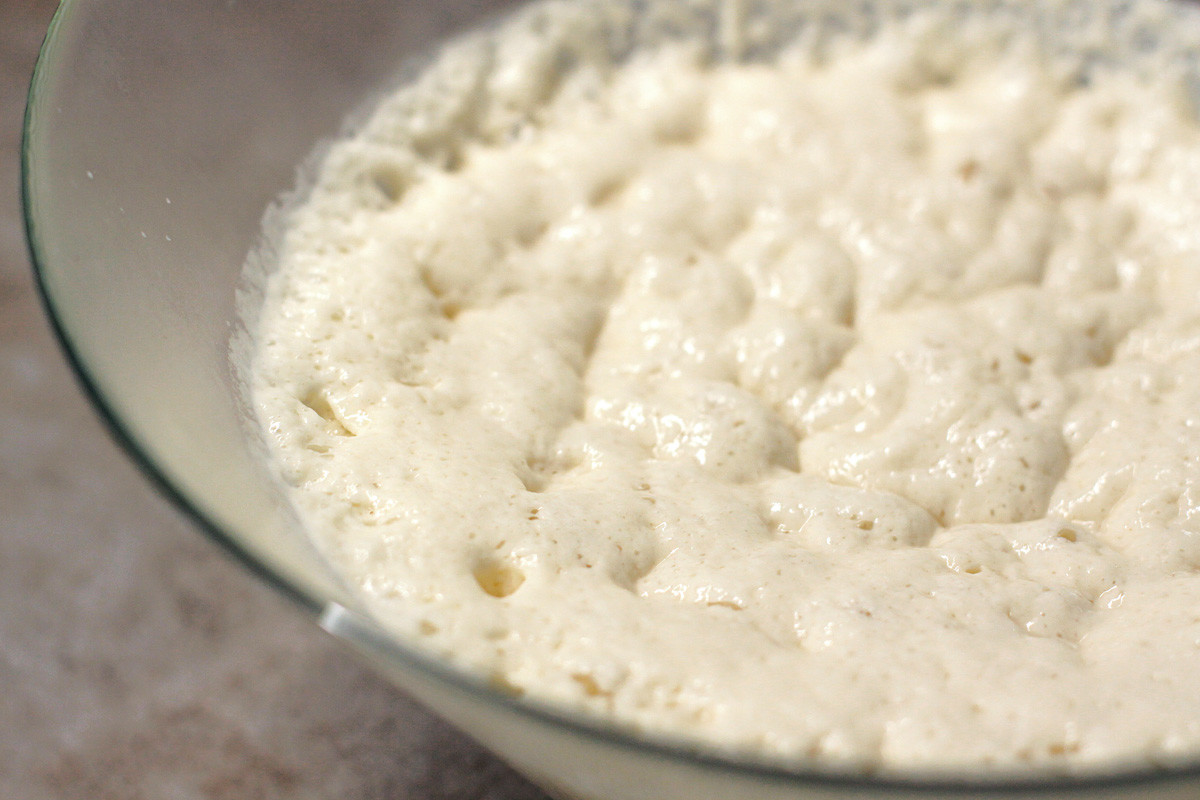
3. Now make the blini batter: to the pre-ferment add eggs, melted butter and the remaining flour with a pinch of salt.
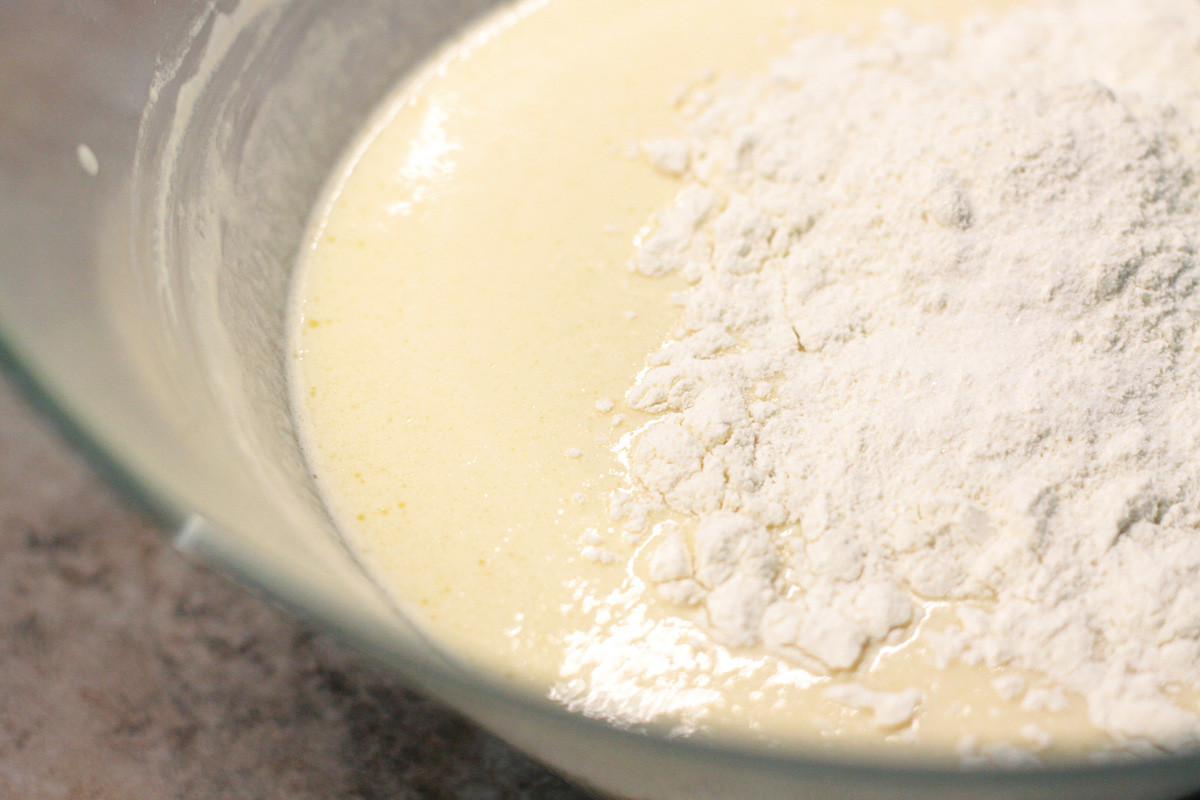
4. Blend the mixture until there is no flour lumps, pour in another half of milk and mix again. Cover the batter with plastic wrap and leave in a warm place to rise for another hour – do not mix the batter anymore.
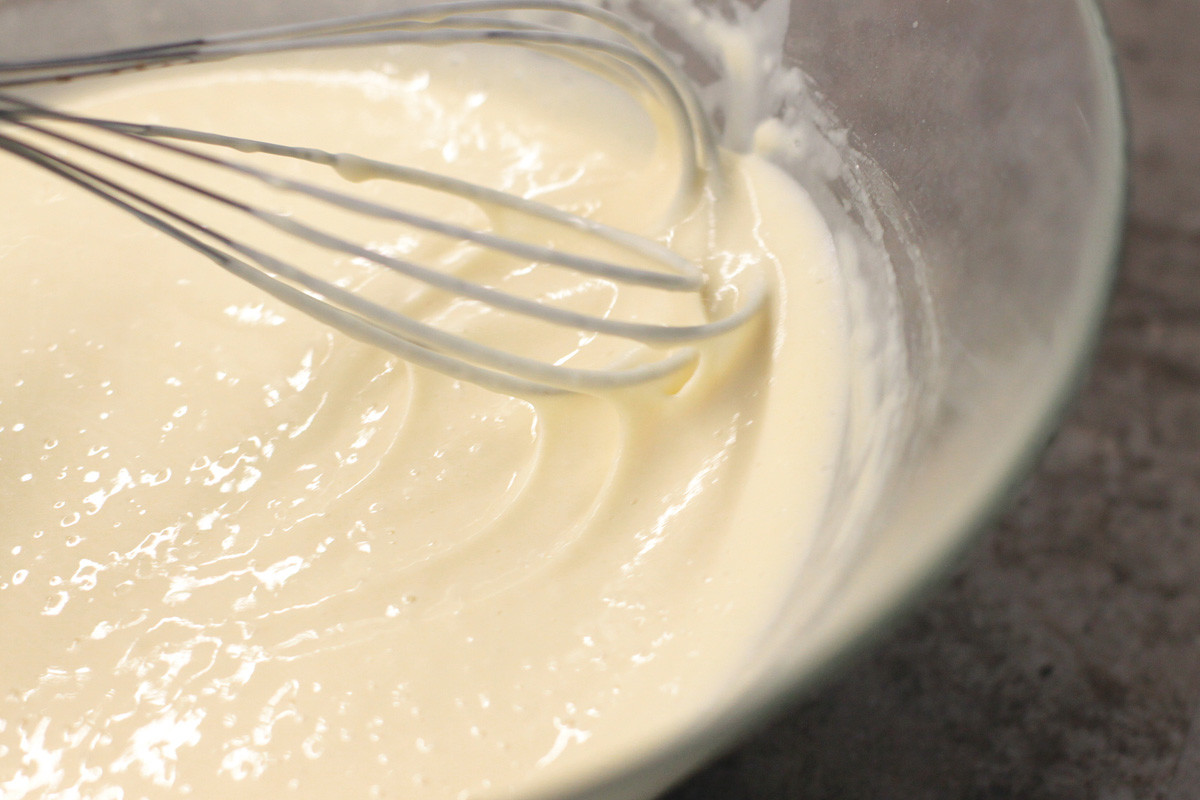
5. Now you can finally make blini: pour one ladle of batter on a hot frying pan greased with some butter. You immediately will notice lots of small bubbles that appear on the surface, and create the effect of a “laced” pancake.
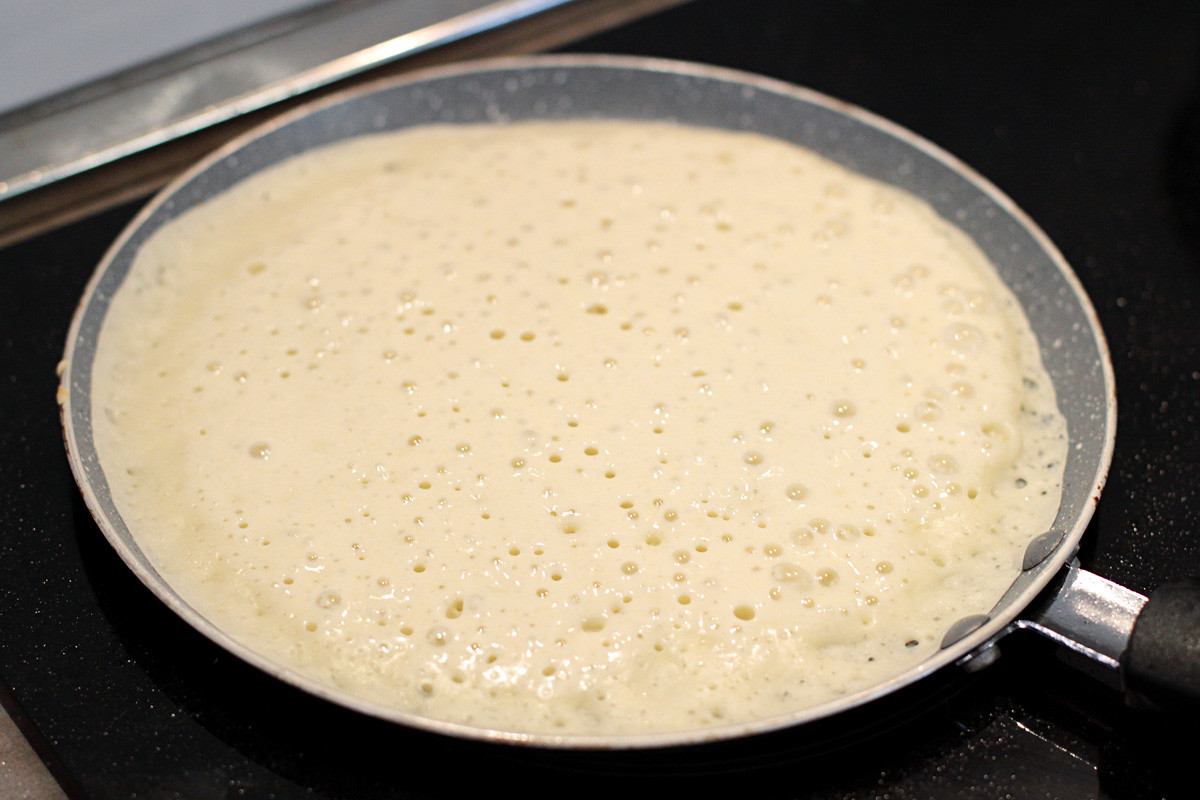
6. Bake on both sides until golden-brown; use medium heat. Each pancake takes a couple of minutes to cook, so use two pans simultaneously to speed up the process.
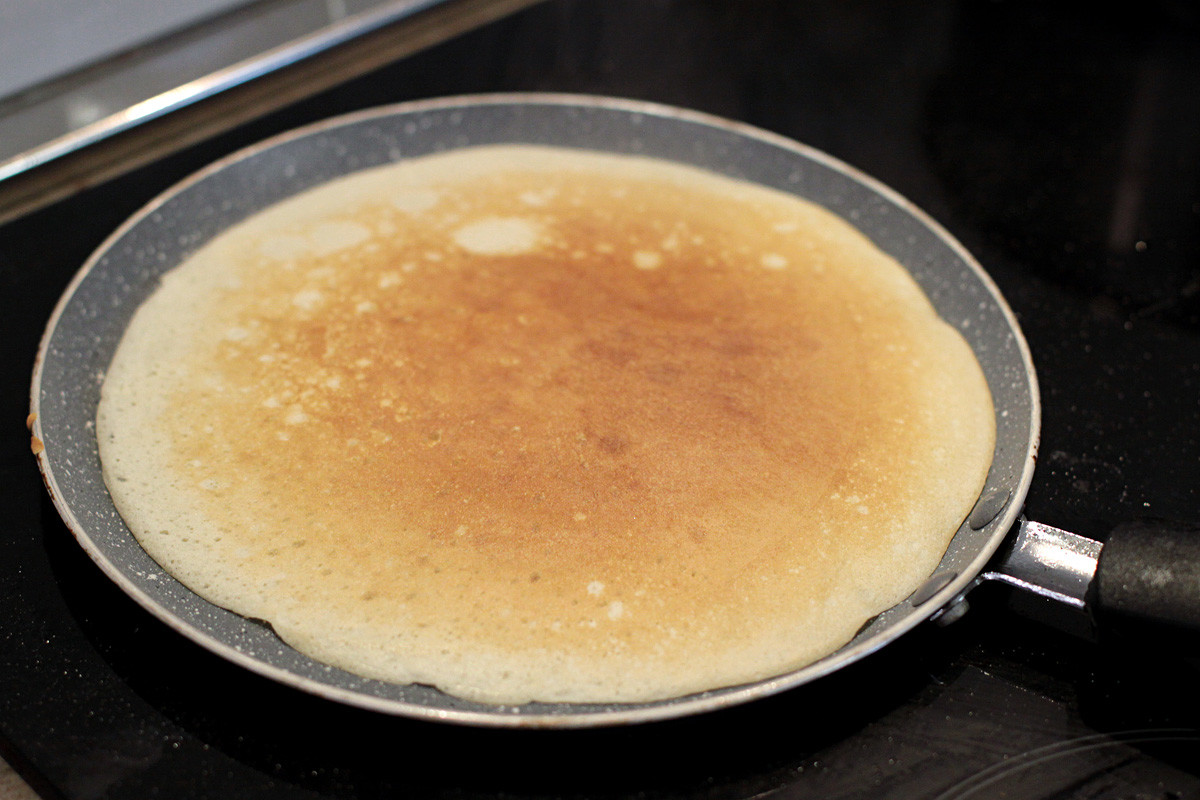
7. Continue until you run out of batter and have a nice stack of fluffy pancakes.

8. Enjoy your sour blini just as they are, or even better, stuff them with a tender sweet-sour tvorog filling. Mix tvorog with sour cream, add honey and vanilla sugar to your liking.
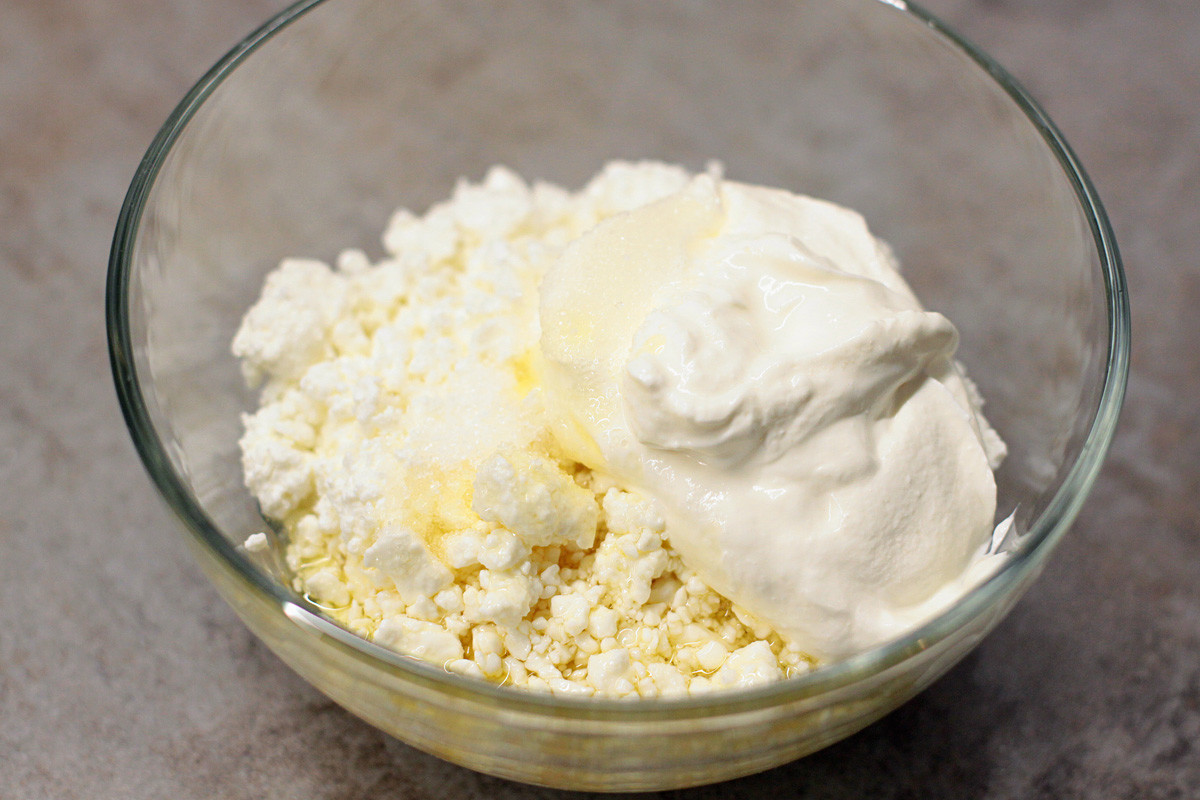
9. Work this mixture with a hand blender so that it has a very smooth consistency. Put two tablespoons on a pancake surface and roll into a tube.
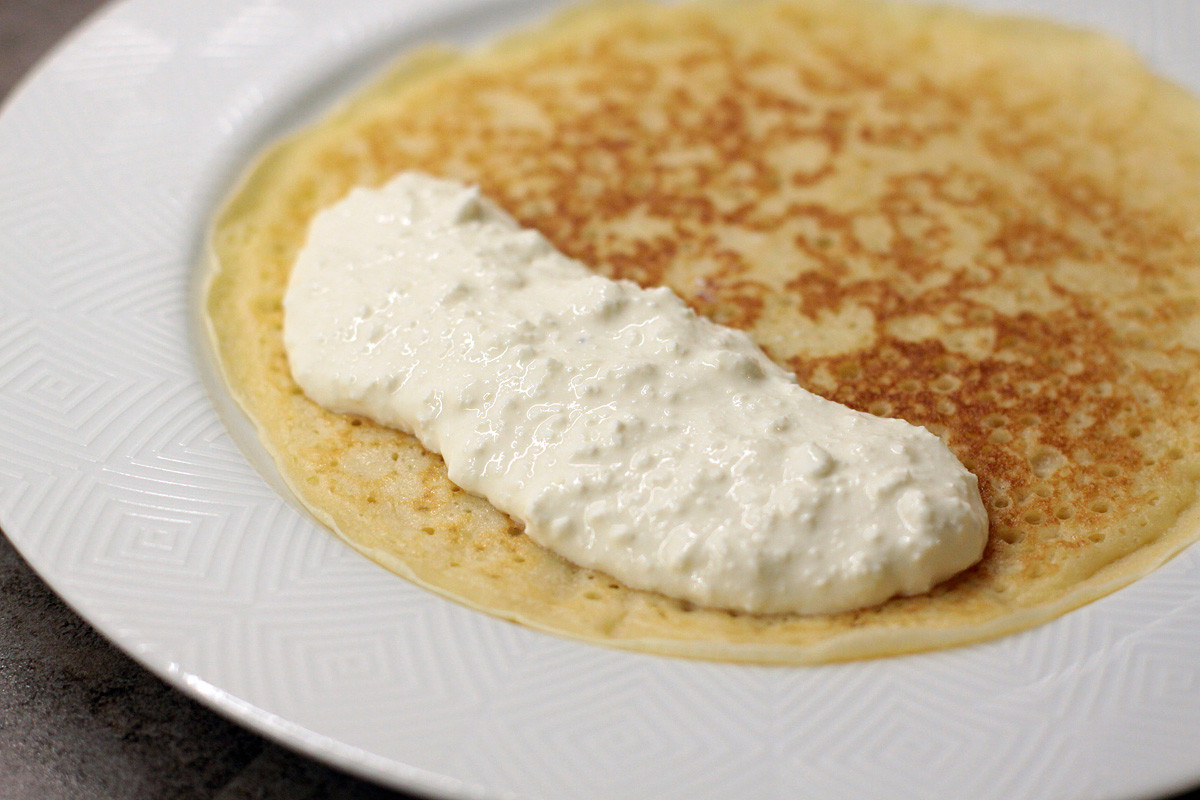
10. Repeat with the remaining batter and serve warm or cold – they also go very well with black currant or cranberry jam. Priyatnogo appetita!
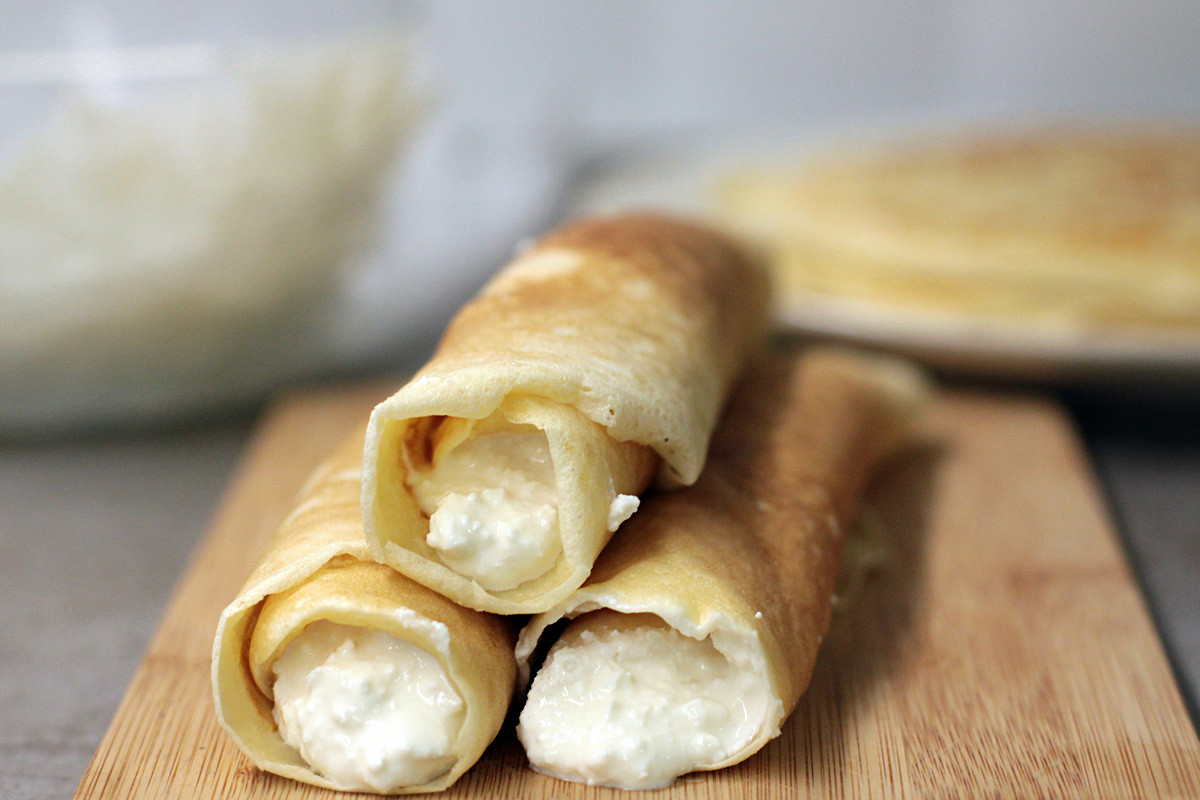
Read more: How to celebrate Maslenitsa: A step-by-step guide (PHOTOS)
If using any of Russia Beyond's content, partly or in full, always provide an active hyperlink to the original material.
Subscribe
to our newsletter!
Get the week's best stories straight to your inbox